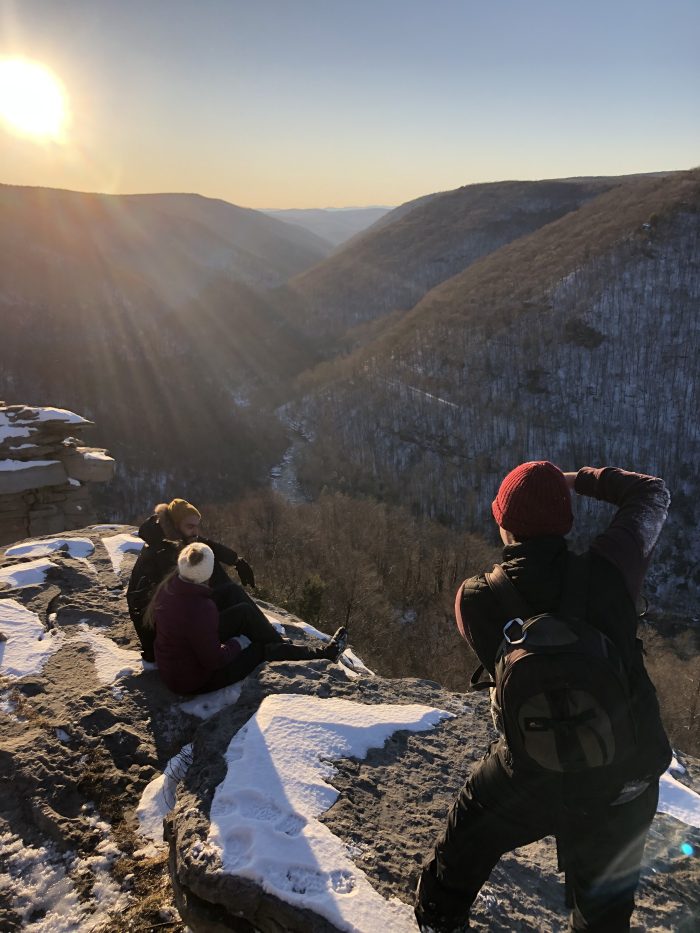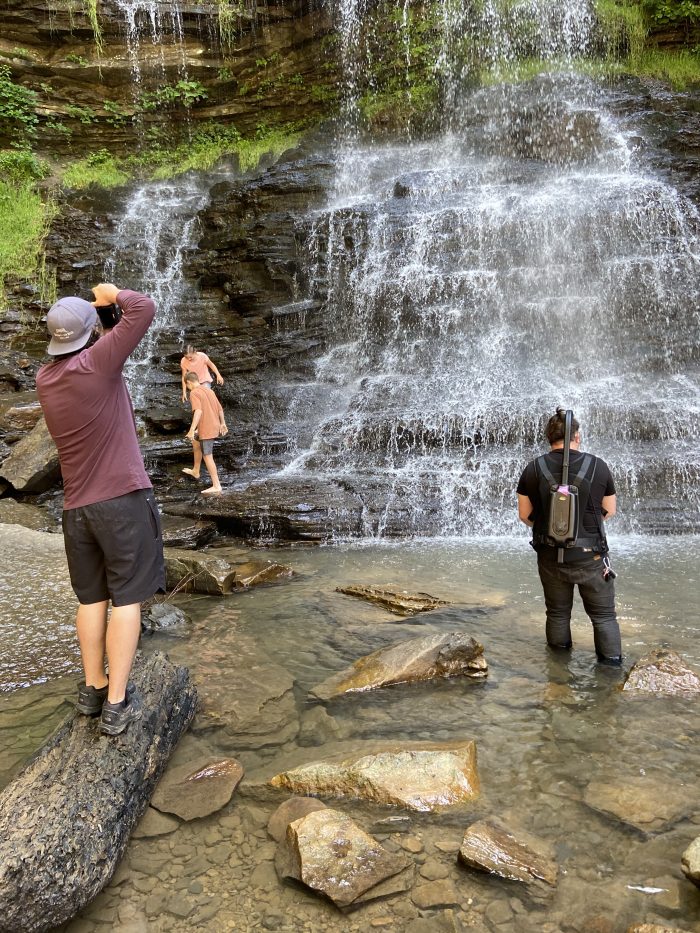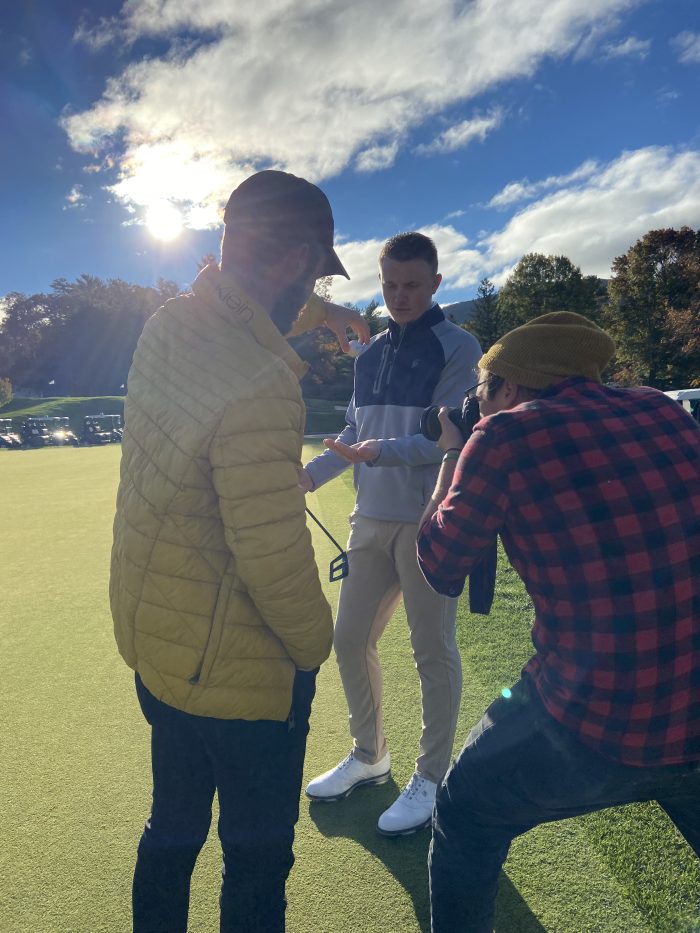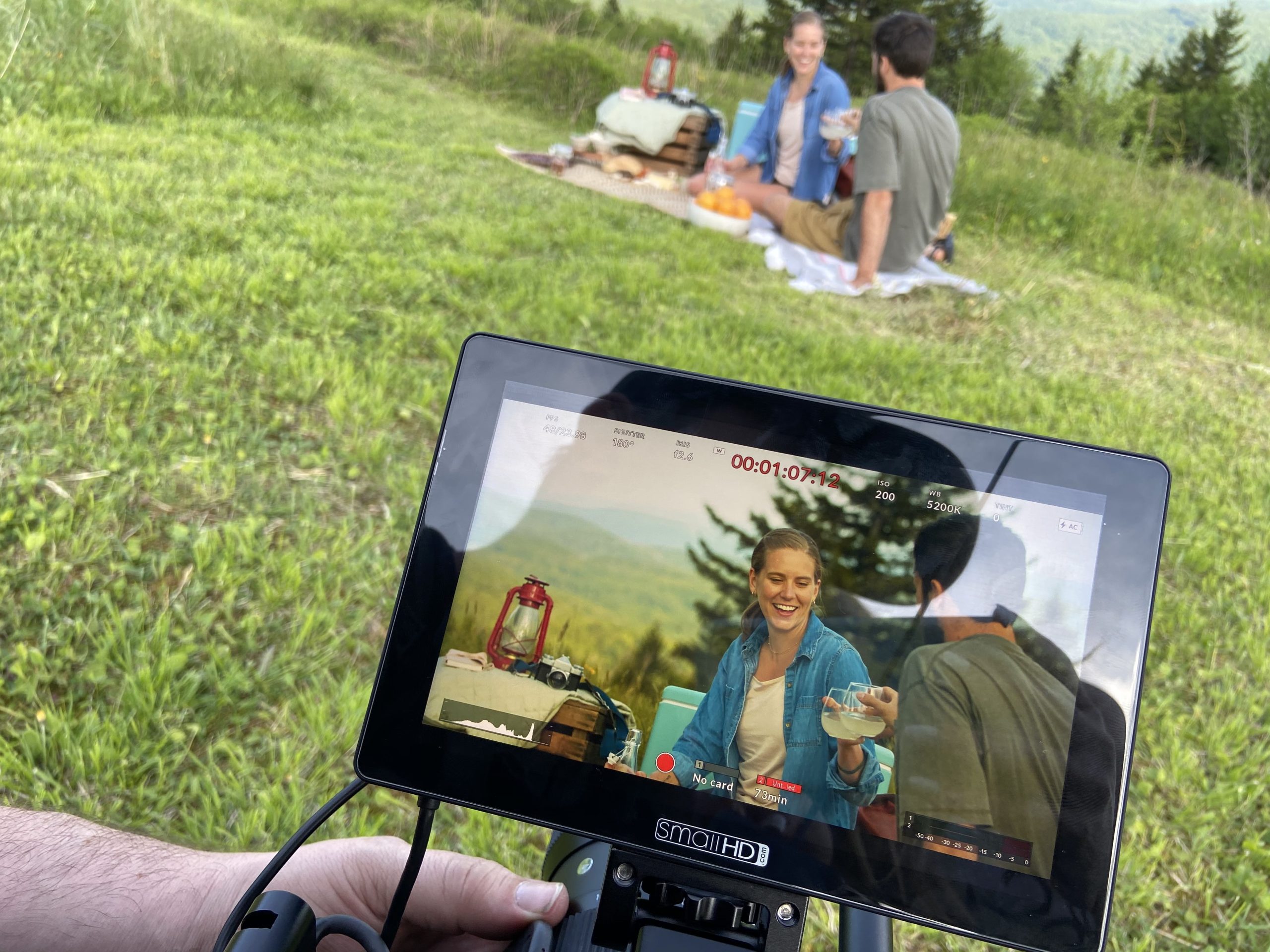Plan Now, Photos Later
Published: May 2, 2022So, it’s time to capture some new images to help support your advertising efforts? You need photos representing your brand, telling your story, and communicating with your audience? What an exciting task! But, let’s also take a moment for a collective sigh because while it seems like a fun endeavor and pretty straightforward, you’ve probably found yourself in the midst of planning a rather complicated and comprehensive photoshoot. And that’s no easy task, worthy of at least another sigh and perhaps even a hand to the head (we’ve been there, we know).
But you are an expert; you know exactly what you need. You know the locations like the back of your hand, so you’ve got this. But remember, productions are constant balancing acts, and getting as much pre-planning done before the shoot day gives you and your team the best chance to capture quality content.
The first thing to start with is an understanding of how natural light will play into your locations and photos. The time of day is critical when shooting anything with natural light (i.e., the big ball of fire in the sky or the sun, as most people refer to it). As a rule of thumb for landscape and travel photography, your best bet is to shoot at the extreme times of the day. Sunrise into the early morning and sunset into dusk offer the most dramatic lighting and can make landscapes really pop. You should always avoid high noon, which can lead to washed-out colors and strange, harsh shadows.



Working from this rule of thumb is an excellent place to start planning your shoot. It will help you capture sprawling landscapes where you have a mixture of sky and foliage. But, as with everything, there are exceptions to the rules. If your location is a rolling waterfall tucked back in the woods, you might not want to shoot there in the evening or early morning. If the sun isn’t directly on the location at any point during the day, you have more flexibility to shoot in the middle of the day and still capture incredible imagery.
But all of these questions require some expertise or some knowledge of the location. Without a photographer standing in the area before a shoot, you are asking them to shoot blindly. That’s why a scout (a walk-through of the sites to help with planning) is recommended for EVERY shoot. It will allow the photographer to help create a realistic schedule that will put you in the right locations at the right time. While it’s an investment up front, it will likely save you money and headaches in the end. And if you are planning to shoot the photos yourself, a site visit (or two) to understand what the light looks like at different times of the day will keep you from asking talent to show up at a time of day that doesn’t shoot well.
So embrace this exciting opportunity, but don’t make light (no pun intended… well, maybe just a little) of the complexity of planning an efficient shoot. Engage your photographer early or start checking the locations yourself early, prioritize your locations and shots, collaborate on a schedule, and embrace the exciting opportunity to extend your brand with new imagery. It’s not easy, but planning well from the start really does pay off in the end.

